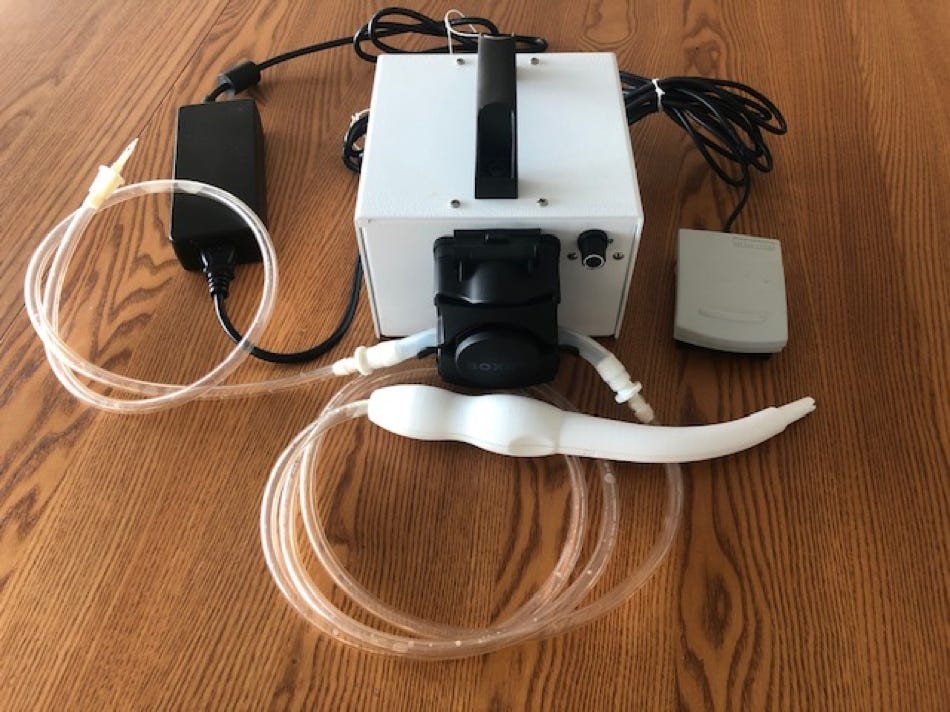
Perilav Jet Lavage Irrigation Project


Surgical wound debridement and irrigation have been mainstays for the surgical treatment of open wounds for centuries. From Wikipedia, we find a reference to Hugh of Lucca, a medieval surgeon who was practicing careful wound debridement and the use boiled wine to clean and dress wounds in the late 12th century. He demonstrated this technique during the Fifth Crusade where he successfully treated open head wounds. He solved cases where mortality was nearly universal by cleaning the wounds and closing the skin layer with sutures. Here we are 800 years later still using much the same approach. Lister added another milestone of using antiseptics that were highly capable for preventing infection in his landmark paper in 1867. Many others have followed and we know that the first and probably the best treatment for deep cavity wounds is this method with a focus on high volumes of fluid that cleans and initiates the early healing process. We add antiseptics to enhance the process and kill biofilm bacteria that we have made planktonic with the irrigation. Fleming focused our attention on the surgical technique and stated that antiseptics, while essential could do more damage than good by disrupting the inflammatory process. They are still very valuable.
With that scientific context, the Perilav peristaltic pump project was initiated to iterate a better method. This new medical device has been in evolution since 2017 and has gone through numerous versions an innovations. The current system is a peristaltic pump that has numerous features that make it advantageous for low pressure surgical irrigation. Most importantly the volume of fluid can be up to 1750 cubic centimeters per minute. The sucker tip created for use as a future sucker device, has myriad tip designs varying only by the design of the tip. We chose the 60 degree spay and regulated our flow rate to 1750 ccs to enhance pump longevity. Many other iterations are possible for numerous applications. We envision a number of other technologies such as a CO2 jet wound brush, a microfiber circular drill brush, and single unit system with suction, debridement, irrigation, and antiseptic delivery. These ideas are covered in patents listed in the Resume.
